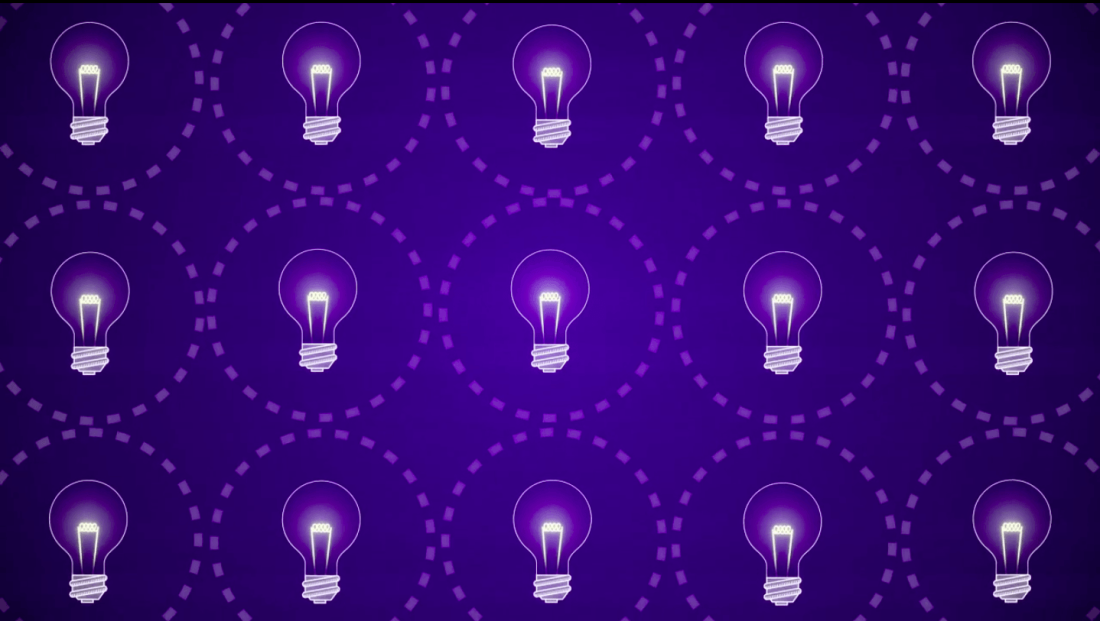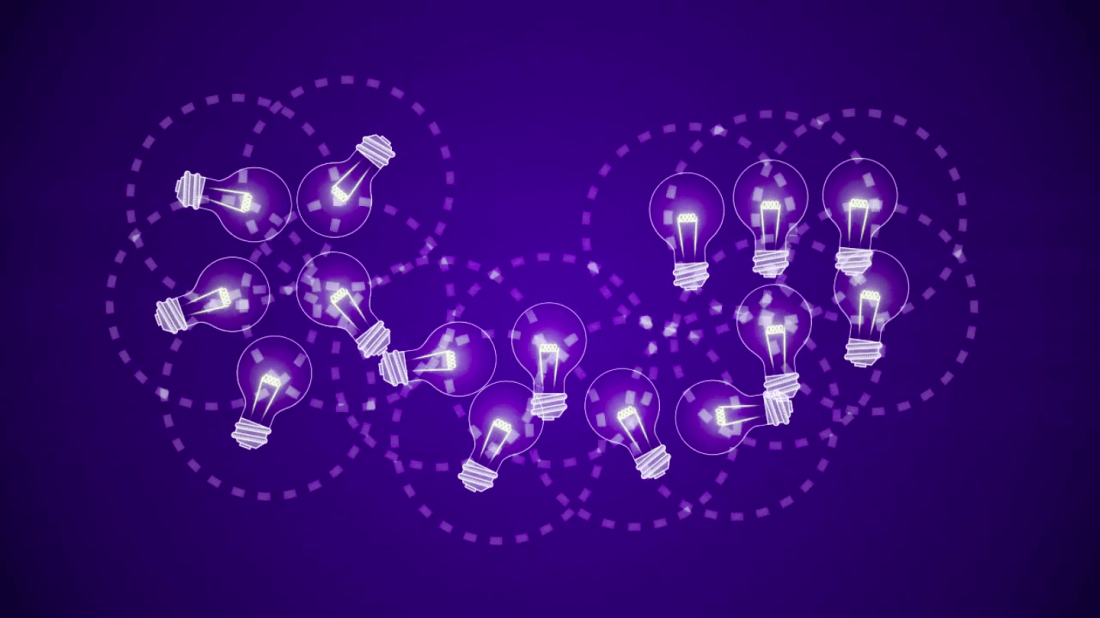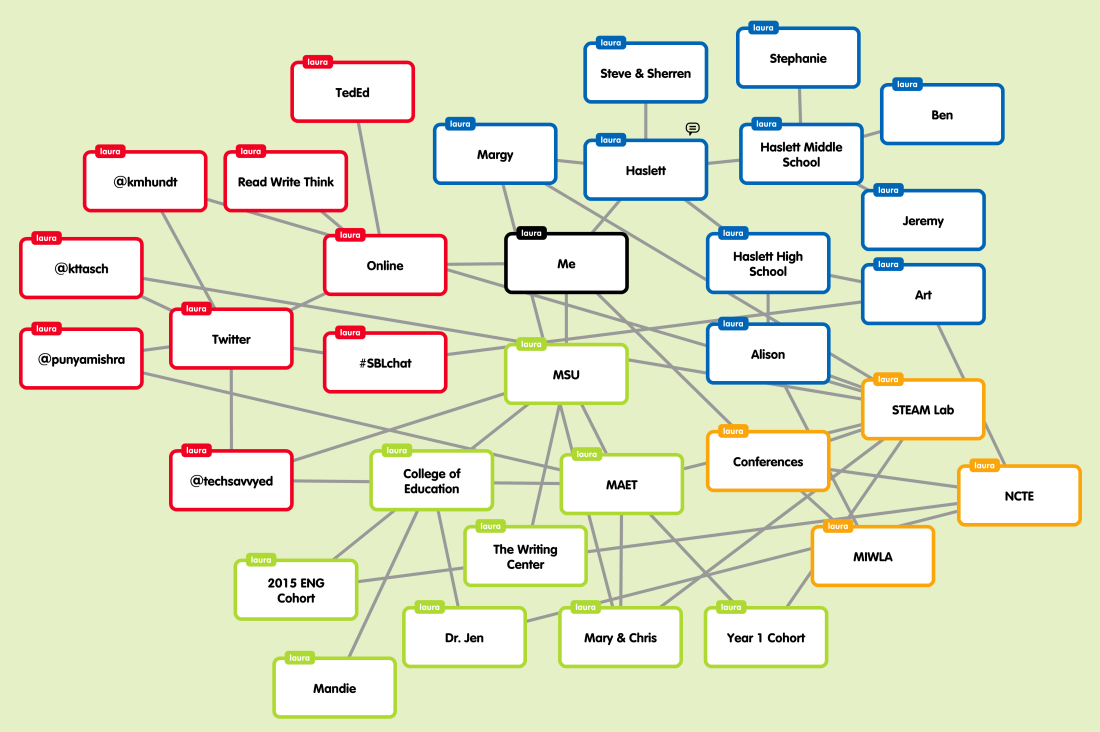On our first day in the Educational Technology program at MSU, my class was told we’d be planning and running a Maker Faire in nine days.
My colleagues asked questions like, “Can we advertise?” or “What materials can we use?”
I asked, “Um, what’s a Maker Faire?”
The Maker Movement
A Maker Faire is an interactive, community-driven event where people come together and learn through play. There’s an entire maker movement hosting Maker Faires as “a way to to express creative and communal drive” (Halverson & Sheridan, 2014, p. 495). A booth at a Maker Faire can range from programming a robot to building a boat out of toothpicks. It’s exploratory and experiential.
Our Maker Faire was small compared to most, but in nine short days, we created four booths. We designed fliers, advertised, recruited volunteers, and somehow still finished our homework. Of course, the process wasn’t perfect (more on that below), but I’m proud of what we accomplished.
The Three Little Pigs Challenge
I teamed up with Jillian Hattie, my partner in crime, to create a booth called “The Three Little Pigs Challenge.” The story of the three little pigs was a fun starting point when planning. We knew the objective would be to make a house the wolf can’t blow down, but we had to make the story real. We originally wanted to design three “construction sites” with different building materials to mimic the story, but we had to face reality:
2 people + 9 days + $0 = Not a lot to work with, folks
For us, the best plan was the simplest one. We challenged participants to build a house using only paper and tape. They could use as much paper as needed, but they only had one piece of tape. For the huffing and puffing, we decorated a fan to look like a wolf. When participants were ready to test their house, they placed it on the starting line. If the house didn’t cross the “Oh no!” line, they beat the challenge.
Honestly, I loved our booth. I had fun making pig ears, throwing paper on the floor, and celebrating the winners. If you want to see more about our booth, our lesson plan has details, scripts, advice, and photos.
My Learning Experience
What I loved most about the Maker Faire was what I learned about planning, playing, and having fun.
Planning our booth taught me to keep it simple. Nothing needs to be flashy to have a good time. We originally wanted to use pipe cleaners, bendy straws, and zip ties, but time and money were limited. I’ll admit, these limitations frustrated me to the point that I was losing interest. But then we asked ourselves, “What’s the easiest solution?”
“Keep it simple.”
With those words, I breathed again and got back to work.
Oddly enough, the more we trimmed our ideas, the freer our booth felt. It was creativity with a challenge. The limitless paper gave room for creativity, but limited tape posed a challenge. We didn’t write a long list of rules; we didn’t hover over people. The design of “The Three Little Pigs Challenge” let the booth run itself, so we were free to come alongside participants while they played, failed, and learned.
This experience showed me more about learning through play. I witnessed the power of constructivist instruction, a practice centered on “problem solving and digital and physical fabrication” (Halverson & Sheridan, 2014, p. 497). With only paper, tape, and a fan, I talked with kids about aerodynamics, surface area, and weight. Participants were immersed in a true learning experience, yet none of it felt like school.
This leads me to the last lesson: have fun. Halverson & Sheridan (2014) suggest we think about “learning as informal schooling” (p. 503). Often, school is a formal environment based on rules and structure, but our booth felt more successful with less rules and more leniency. If I loosen up and have fun with my students, maybe we too can learn with excitement instead of boredom. Maybe my kids would feel empowered knowing I want them to enjoy their learning, not just get a grade.
My Advice to You
I highly recommend exploring the Maker Faire movement for yourself, because sometimes we forget what it’s like to have fun. I also suggest Adam Savage’s speech “Why We Make,” which helped me better understand the importance of learning by having fun. Enjoyment and education are not exclusive.
Imagine your school is a Maker Faire and your classroom is your booth. What’s your challenge going to be?
This year, I want to challenge my students to discover something that truly excites them. I wonder how long it’s been since they received a challenge this free, but watching them trudge from class to class every day, I believe it’s a challenge they truly need.
References
Halverson, E. R., & Sheridan, K. M. (2014). The Maker Movement in Education. Harvard Educational Review, 495-503. Retrieved July 21, 2017.








